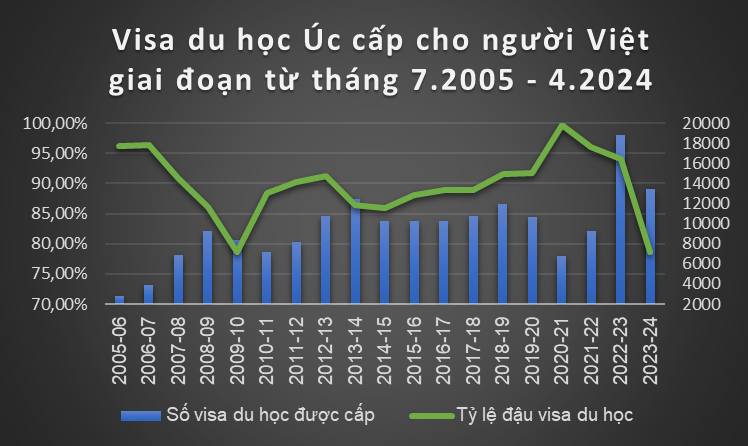
Situation of granting Australian student visas to Vietnamese people in the past 20 years
Which form of studying abroad is likely to be rejected?
Data recently released by the Australian Department of Home Affairs shows that as of the end of April 2024, Vietnam had a total of 20,511 applications for student visas in this country. Of these, 13,463 cases were approved for student visas, accounting for 78.6%. This means that 21.4% of Vietnamese people have been refused student visas in Australia in the past 10 months (Australia's fiscal year is from the beginning of July of the previous year to the end of June of the following year - PV).
This rejection rate is noteworthy because in the past 5 years, the acceptance rate for student visas has always fluctuated between 91.6-99.7%. In the past 18 years, this figure has also been maintained above 86%, with only the 2009-2010 fiscal year being at 78.7%, 0.1% higher than the current rate. Another highlight is that the number of student visa applications is now 1,774 higher than last year, even though the 2023-2024 fiscal year still has 2 months to go.
Among the forms of studying abroad, university education is the field with the second highest rate of student visa approval at 90.7%, behind the leading form of studying abroad under the sponsorship of the Australian Department of Foreign Affairs and Trade or the Australian Department of Defense (with a rate of 100%). Meanwhile, vocational education and training and independent English courses (not taught by universities) are the two fields where Vietnam ranks last in terms of acceptance rates, at 53.2% and 51.6% respectively.
In general, the trend in Vietnam is similar to the world . In the first 4 months of 2024, a total of 97,942 Australian student visas were granted to international students, down 38.1% compared to the same period in 2023 (158,255 student visas). Of these, the two lowest-ranking fields are still vocational study abroad and English study abroad, with student visa acceptance rates of 50.1% and 75.9%, only significantly higher than Vietnam in the form of English study abroad (at 24.3%).
Results of a series of "strong" moves
International education website ICEF Moniter commented that the record high student visa refusal rate reflects the real impact after Australia issued a new immigration strategy in late 2023, followed by a series of moves to cut the number of international students that the country considers to be dishonest, such as increasing financial and English proof requirements, preventing domestic international students from switching between visa types...
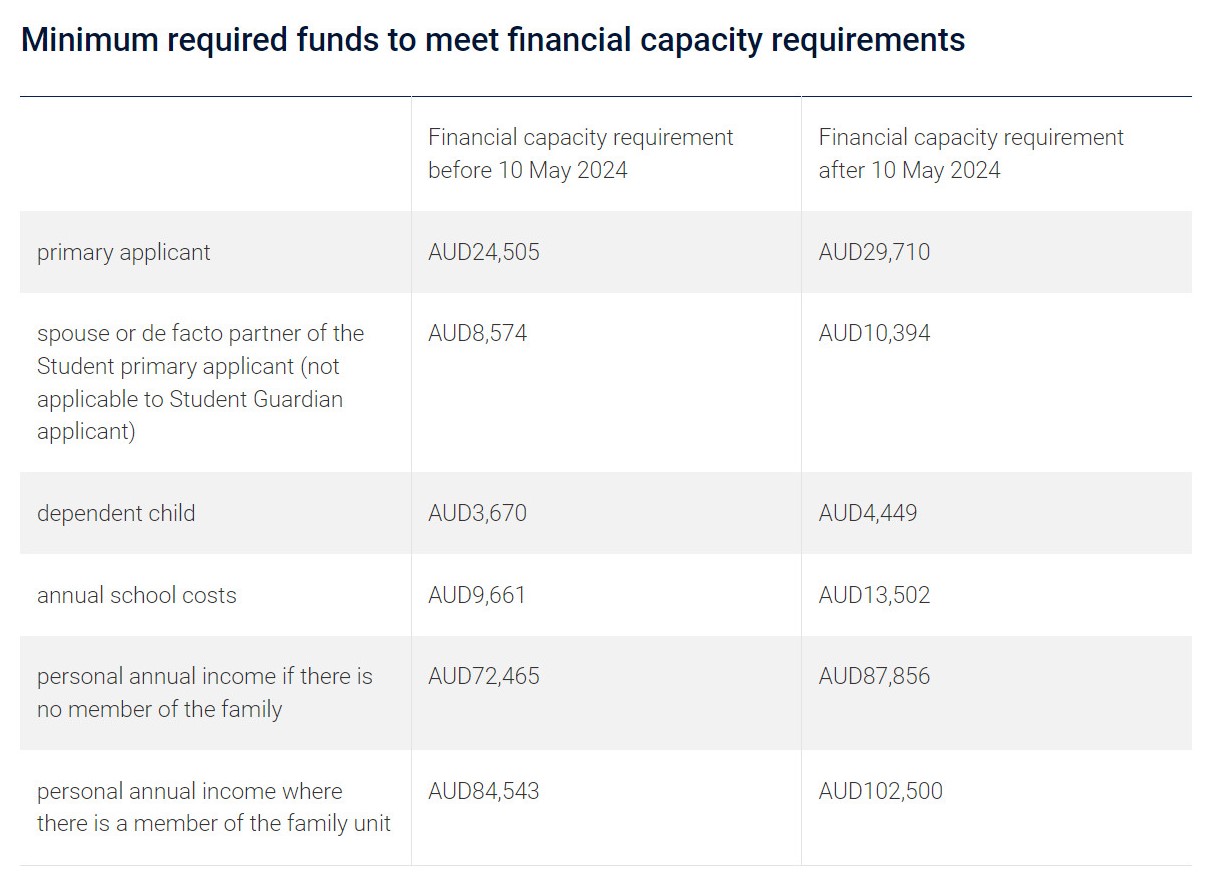
In early May, Australia increased its financial proof requirement by about 21%, from AUD 24,505 to AUD 29,710.
In addition, it is expected that in January 2025, Australia will set a maximum quota for the number of international students that educational institutions are allowed to recruit at the undergraduate and vocational levels. Any school that wants to recruit more students will have to build more accommodation for international and local students. This is one of the new provisions when Australia announces amendments to the Education Services for Overseas Students (ESOS) Act in the near future.
Previously, at the end of May, the Australian Department of Home Affairs announced a maximum age limit for post-study work visas (from 50 to 35) for some levels of study, and a reduction in the work stay period for certain degrees. All of this will take effect from July 1. Not to mention, at the end of March, the agency also replaced the student application with a test for genuine students.
These moves have made Australia less and less attractive to international students. Many recent surveys have shown that Australia, the UK, and Canada are no longer the top choices for international students due to changes in international education policies regarding visas and work rights. However, according to many experts and the Australian government, the new regulations are intended to better protect international students in the current context.
"International education contributed $48 billion to the economy last year, accounting for more than half of Australia's economic growth. Decades of careful, strategic work by universities and governments has helped Australia develop into a leading provider of international education. We cannot let this effort go to waste and stability is essential," said Luke Sheehy, CEO of Universities Australia.
According to statistics from the Australian Department of Education, by March 2024, there were 687,840 international students studying in Australia. Of these, Vietnam had 32,897 people, ranking 5th. At leading universities, the number of Vietnamese students and researchers accounts for a significant proportion, about 600 people at the University of Melbourne, 400 people at the University of Adelaide, or in the top 10 in terms of international students at the University of Queensland...
Source: https://thanhnien.vn/trong-10-thang-hon-21-ung-vien-nguoi-viet-bi-uc-tu-choi-cap-visa-du-hoc-185240622140915292.htm



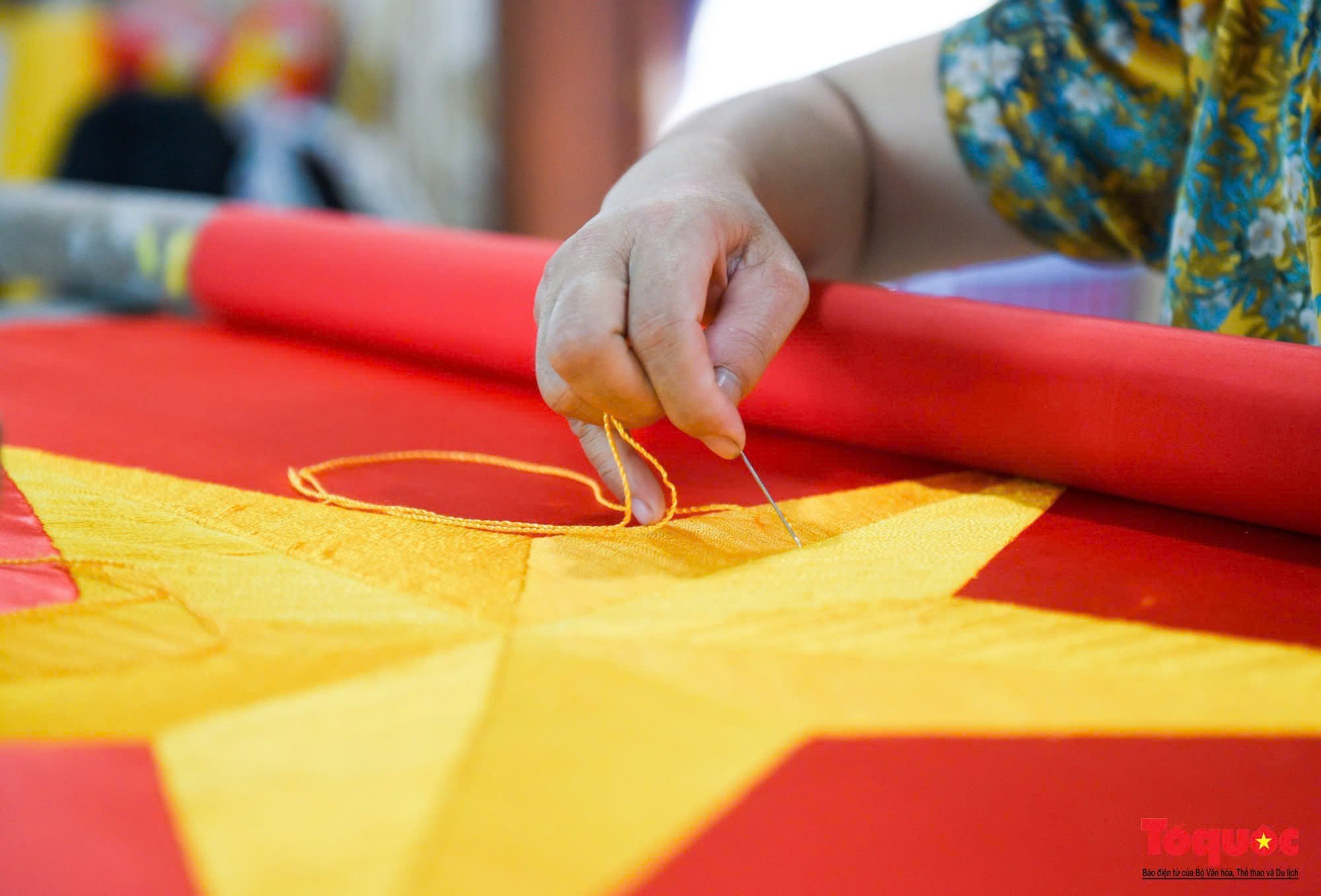




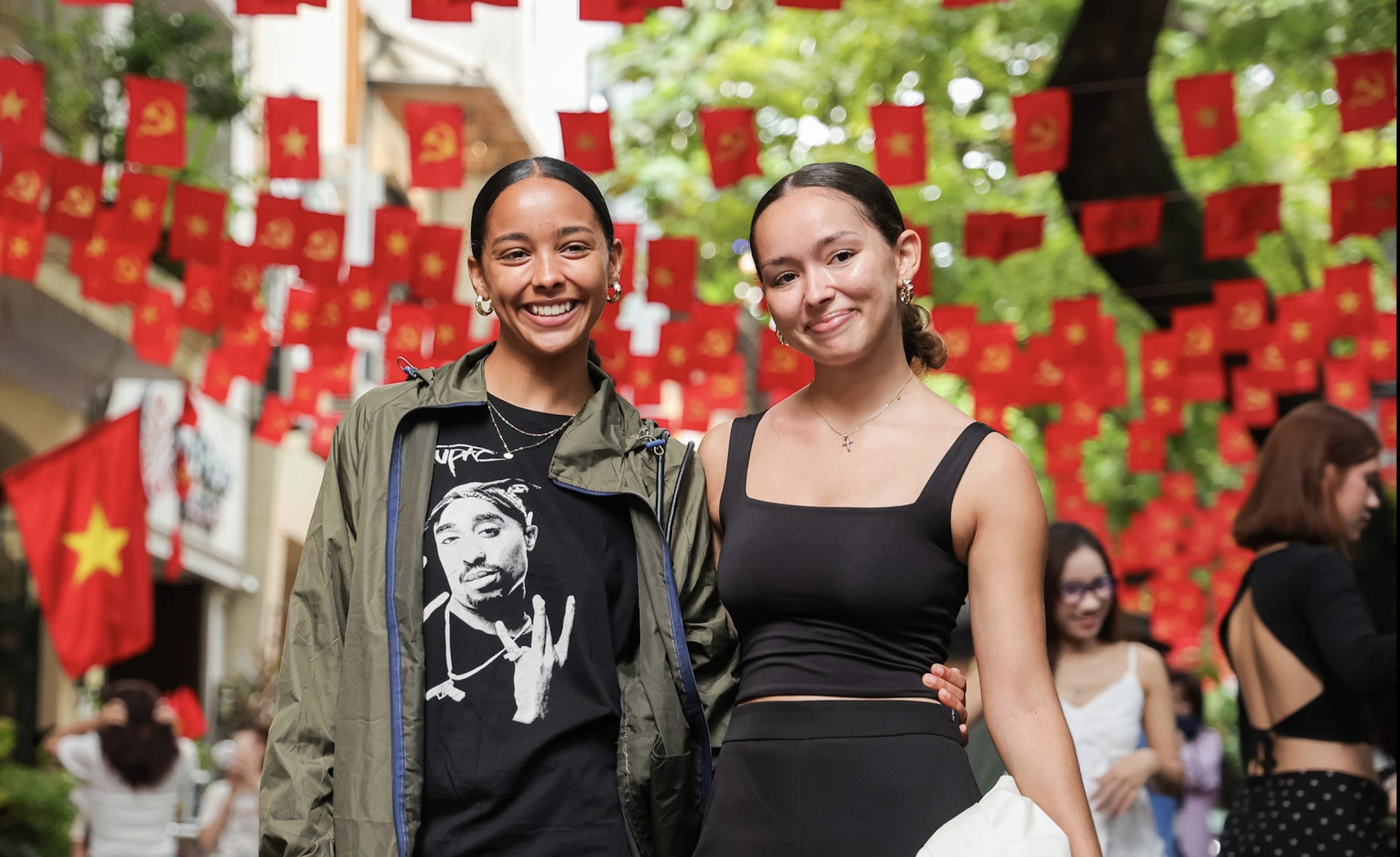
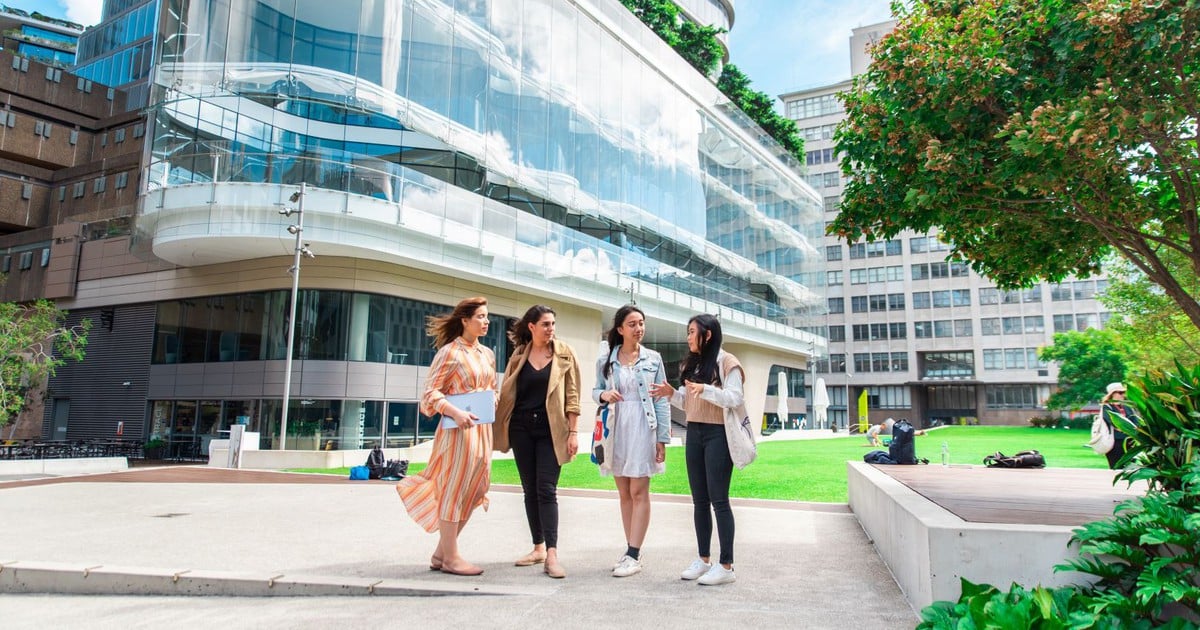


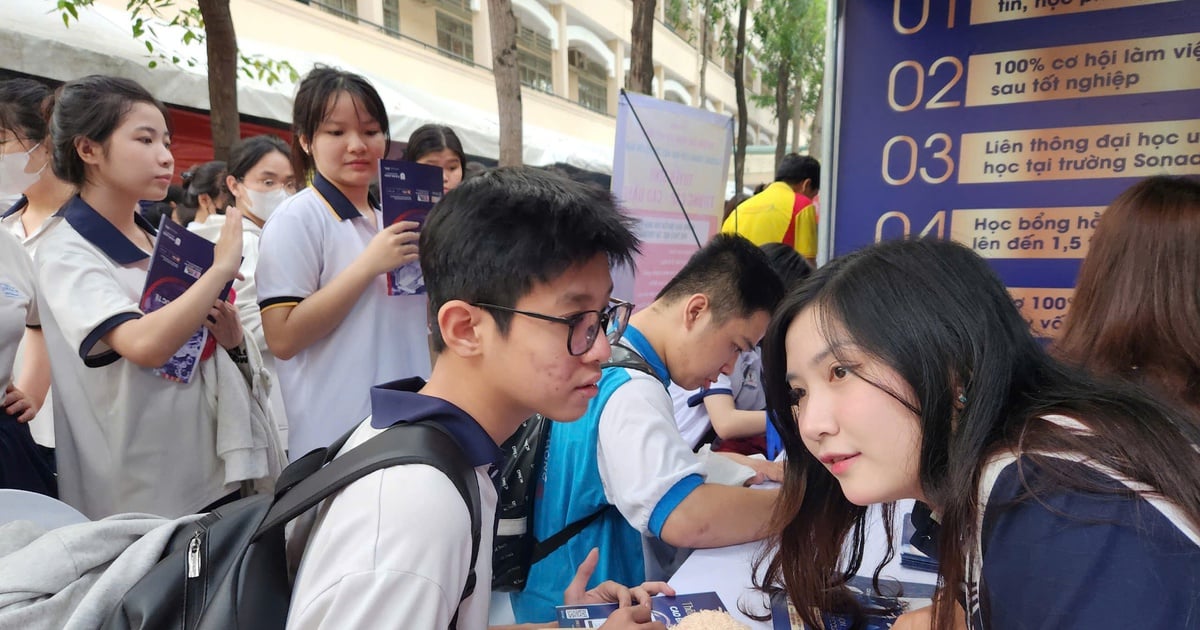
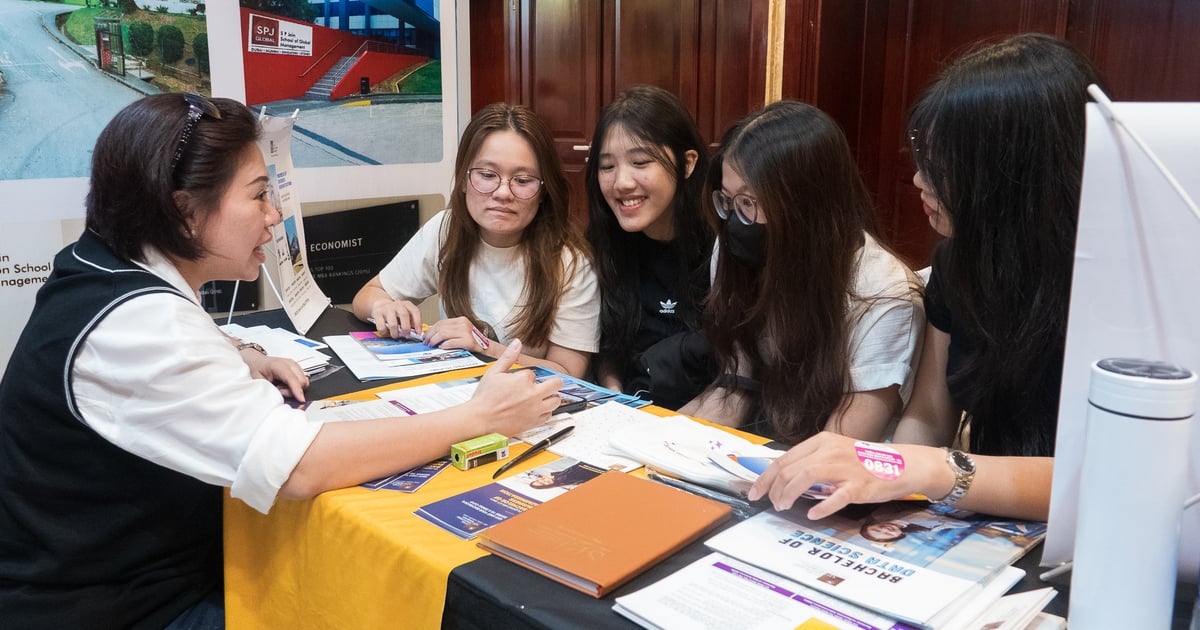








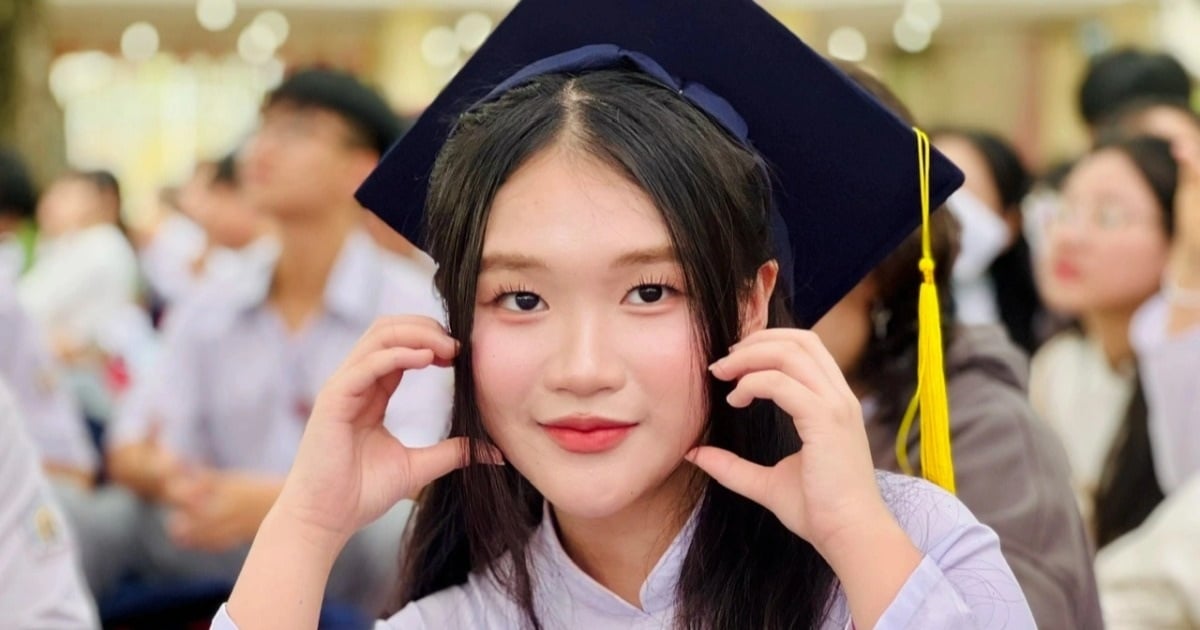



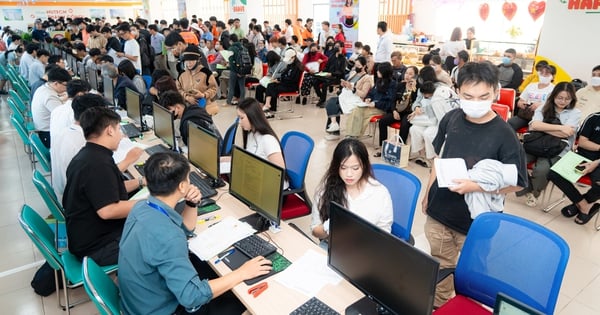



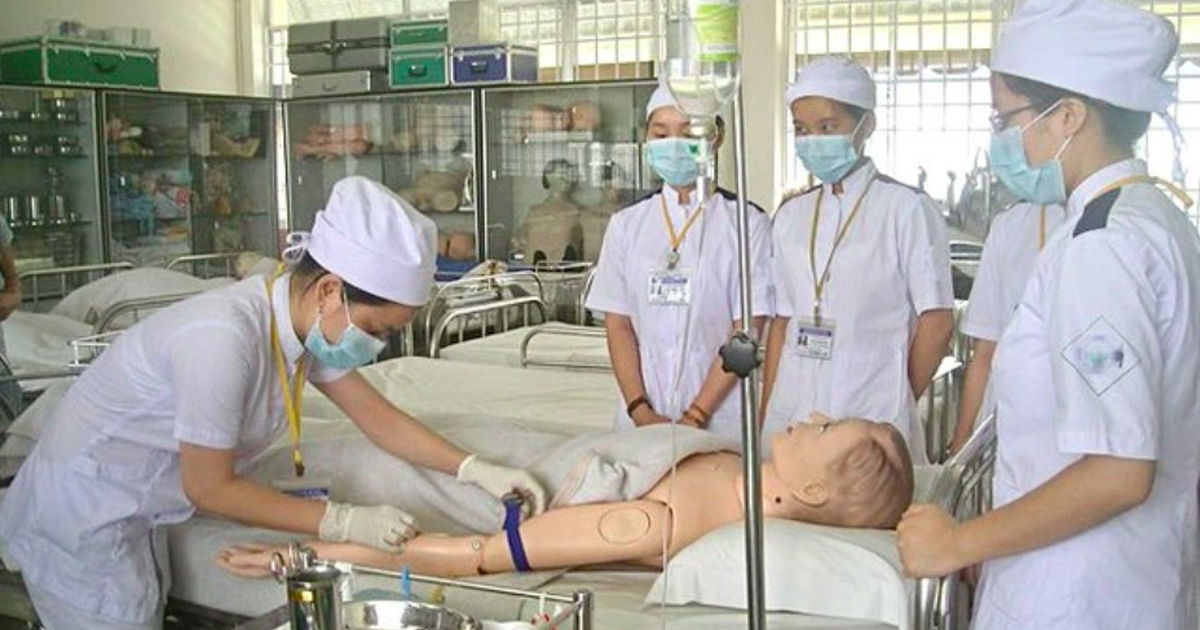





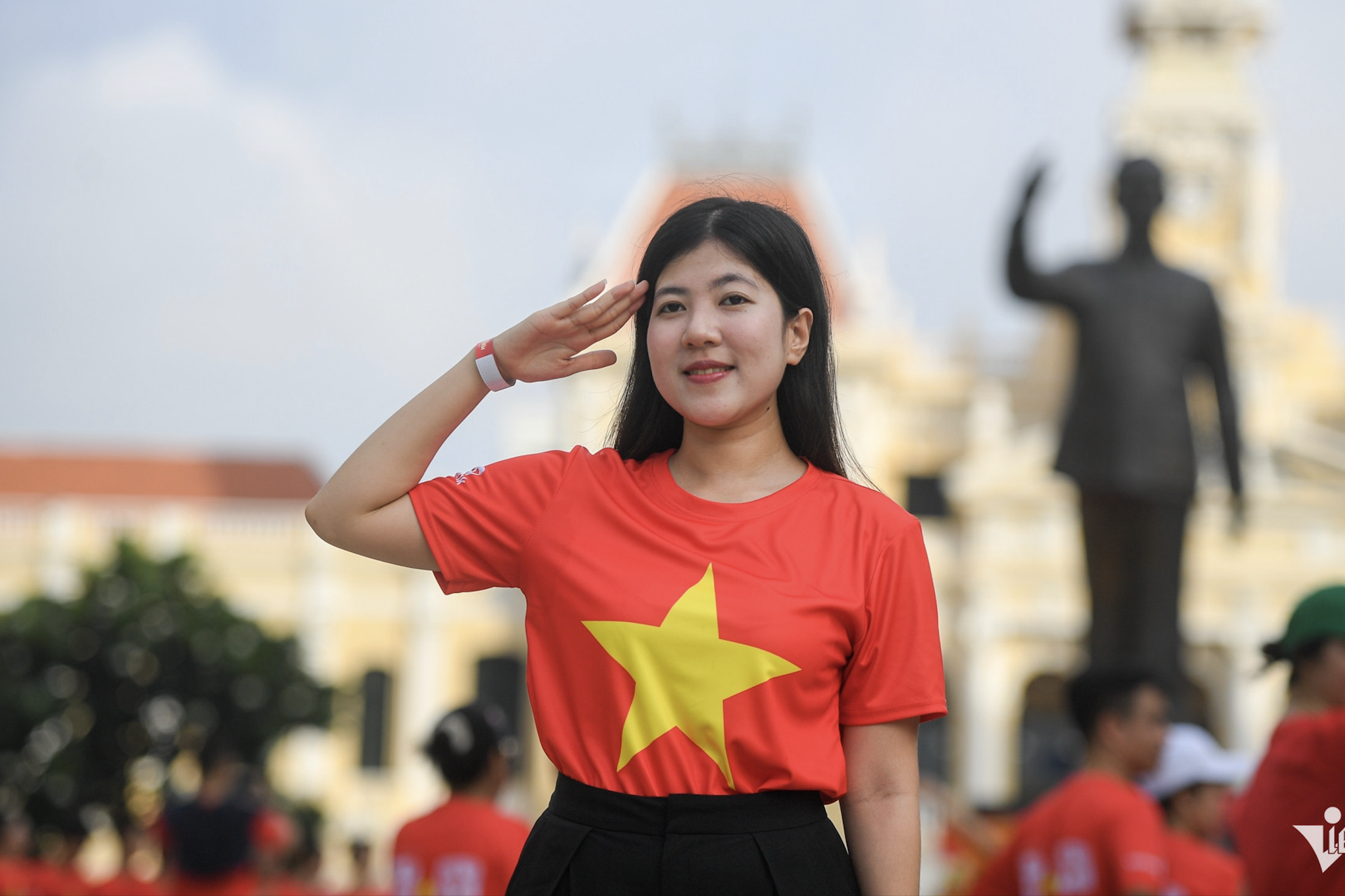















































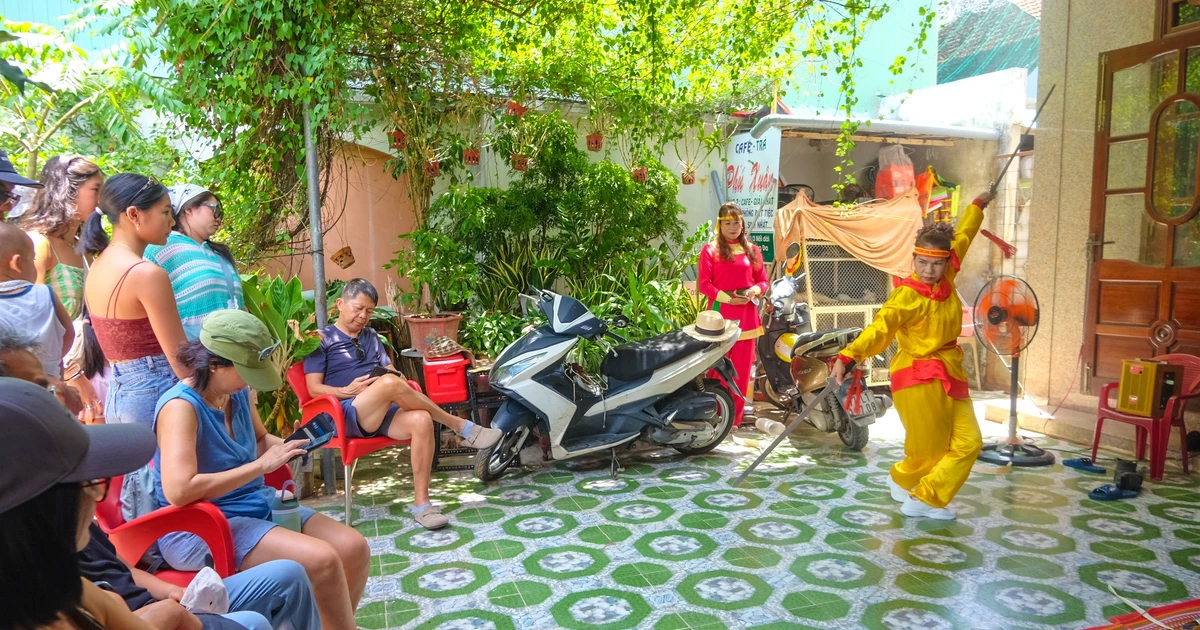

















Comment (0)